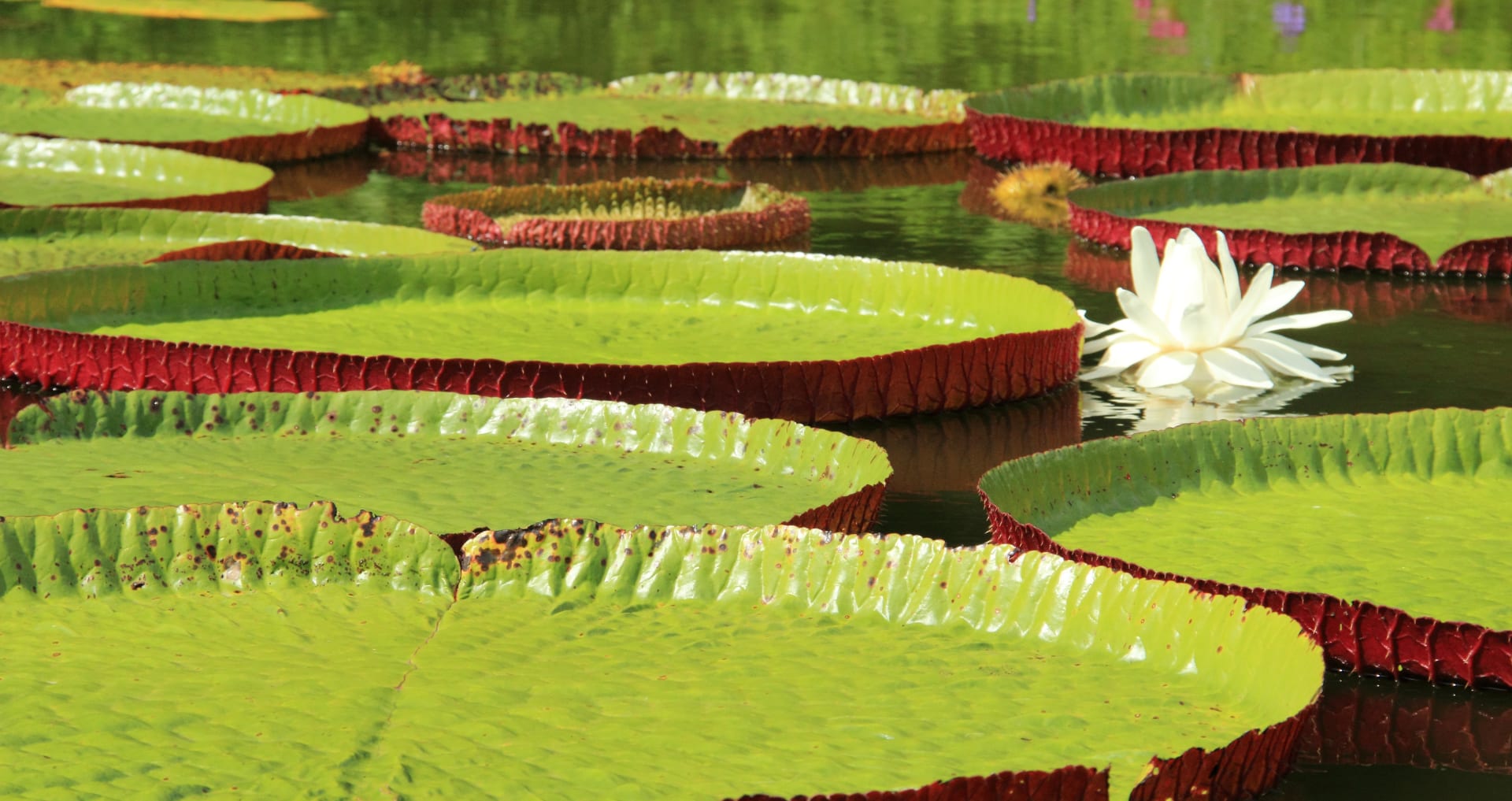University of Oxford’s Botanic Garden, founded in 1621, is the oldest surviving botanic garden in the UK and contains over 6,000 plant species. I visited it for the first time over a bank holiday weekend this year.
The garden was conceived in the 1620s, in the decades before the Civil War, as a place to grow and study medicinal plants, such as the male fern (Dryopteris filix-mas). The fern has roots with anti-parasitic properties.
I found the part-Victorian Water Lily House fascinating. The foliage grows densely around the pond, which dominates the room. This is one in a series of glasshouses. These structures were rebuilt in the second half of the 20th century on the site of the original 19th-century buildings.
The pond in the Water Lily House is heated to 24°C and is home to a sensational Santa Cruz water lily (Victoria cruziana). This giant water lily can grow up to two metres and hails from tropical South America. The leaves grow strong enough to support a baby.
The lilies were first cultivated in the UK in 1849, at Chatsworth, by the Duke and Duchess of Devonshire. Charles Daubeny, the Keeper of the Oxford Botanic Garden, was invited to view the plant in 1849, which inspired him to construct the Oxford Water Lily Pond, completed in 1851.
The flowers of the Santa Cruz water lily appear in the evening, but last for only two days. On the first night, they open white, with a pineapple scent to attract beetles. The beetles become trapped in the flowers and are released when the flower opens the following evening. The flowers become a purplish red colour, the beetles covered in pollen. Once pollination is achieved, this dynamic plant closes its petals and drops below the water surface.
Go and explore the Water Lily House, stroll along the River Cherwell on the eastern edge of the garden, or enjoy the garden’s three landscaped pools and fountains. It is located just off the High Street, by Magdalen Bridge and open to the public seven days a week.









